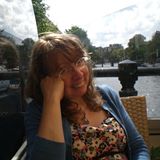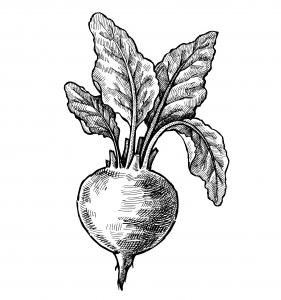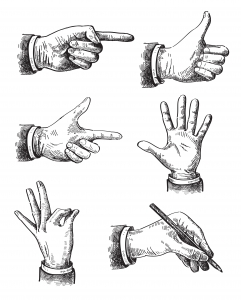Hi! My name is Kathy Hopewell and I am The Freewriter’s Companion!
My mission is to popularize and extend the practice of freewriting.
Freewriting is sometimes called flow writing, spontaneous writing or automatic writing. It involves writing continuously for a short amount of time during which all normal rules about writing are suspended. Freewriting doesn’t need to be coherent, grammatically correct or of good quality: it’s a way to get words on the page that can be edited later.
If you’d like to read more about the method of freewriting, please have a look at How to Freewrite.
Freewriting: who is it for and why should you do it?
To regularly write without stopping, for a pre-set length of time and with no regard for quality is I believe (paradoxically) the best way to improve as a writer. It’s also fun, consoling and surprising.
Freewriting is not only for writers. It can facilitate self-development and can be used as a tool for completing all kinds of projects but my main focus is on fiction and poetry.
I think freewriting is the best route to becoming a writer. It’s also a good approach to any new writing project. Freewriting works for total beginners because it is non-scary, but it can repeatedly refresh and rescue experienced writers too. The stakes are small because you throw it away and no one sees it, but the rewards can be enormous. It’s win-win!
Of course freewriting doesn’t replace the writing of careful pre-planned drafts, and neither does it end the need for painstaking editing afterwards but these are for later stages of composition. The value of freewriting is in the permissive joy of actually doing it and the startling rewards it can give, by restoring creativity and play and often providing the creative breakthrough that is needed.
Freewriting’s Surrealist ancestry
I also bring an academic angle to these large (and sincere) claims for freewriting.
As a university lecturer of Literature and Creative Writing of 30 years, I’ve researched the writers, artists and film-makers of the Surrealist movement of the 1920s and 1930s and I am continually amazed at how rarely freewriting is discussed as the direct descendant of Surrealist automatic writing.
Even the utterly wonderful Natalie Goldberg, whose “writing practice” is a version of freewriting, doesn’t mention the surrealist philosophy underlying her method. So, without embarking on any long-winded lectures, my blog explores the origins of freewriting in Surrealism, and in Freud’s ideas about the unconscious that the Surrealists drew upon.
Surrealist art is a passion of mine and in particular I admire women Surrealists such as Leonora Carrington and Meret Oppenheim. I admire these wonderful artists so much in fact, that I have written a novel about them. As a feminist I am committed to fighting for recognition of these neglected women, so you’ll find them cropping up frequently here.
In Short
I hope my website will inspire many people to try freewriting for the first time, or to try it in new ways.
And I hope, by exploring its source in Surrealism and by sharing my own process and providing lots of exercises and prompts, that freewriting becomes a broader, more adaptable tool for writers who are, at the same time, fully aware of its illustrious past.



